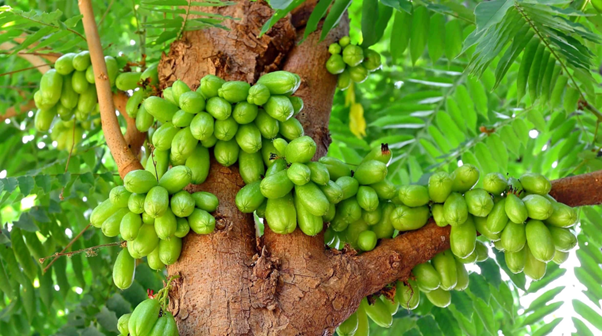Weird and Wonderful Fruits of Thailand, Part 2
Rambutans, mangosteen, guava and chompoo – if you have no idea what I’m talking about then check out Part 1 of our weird and wonderful fruits of Thailand blog! As I’m thinking about what fruits to include for Part 2, all I can hear is the sound of heavy rain against my window. Being July, it is the rainy season in Thailand and many fruits I haven’t had for a while are now back in abundance.
To be frank I don’t personally know what fruits are in season when, but in Thailand they make it pretty obvious! Many dessert and ice cream stores will start to come out with special seasonal menus such as durian sticky rice or ‘mayongchid’ (marian plum) flavoured ice creams. You will also start to see certain fruits everywhere. Recently I’ve been driving past lots of utes filled with durian being sold for about 100 – 200 Baht per kilo and market stalls with big piles of mangosteen. Let’s have a look at some of these fruits that are currently in season.
Different durian varieties sold on the side of the road (Image source | Poon Nina)
Fruits of the rainy season
According to the Thai Meteorological Department, the rainy season starts from about mid May to mid October with some parts of Southern Thailand experiencing heavy rainfall well into December. The rainy season brings fruits such as durian, rambutan, mangosteen, custard apple, pomelo, guava, jackfruit, starfruit, longan, a few varieties of bananas and the list goes on!
Turian (durian)
There’s no denying that durian is one of the more intimidating fruits to try in Thailand due to its reputation of being ‘the stinky fruit’. Some think the smell is unbearable but others just can’t get enough of it, I guess the reaction is similar to that of blue cheese. Although the exterior of a durian is somewhat scary with its hard spikes, once it’s opened up you’ll be faced with delicious (yes I’m a durian fan!) segments of pillowy flesh that are sweet and creamy. Here are some of the more popular varieties of durian in Thailand :
The word Monthong literally translates to golden pillow in Thai which perfectly describes the golden yellow and plumpness of the flesh of this variety. It is said that those who have never tried durian before should start with this variety due to its milder scent whilst still being very sweet.
The flesh of this variety is a deeper yellow and offers a much more intense sweetness and taste (which also means much more intense aroma). The texture is smooth and very creamy with a slight chewiness.
The Kanyao fruit is rounder in shape and has a long stem at the top and you guessed it, Kanyao means long stem in Thai. The flesh is very buttery and very creamy but doesn’t have the intense taste of the Chanee.


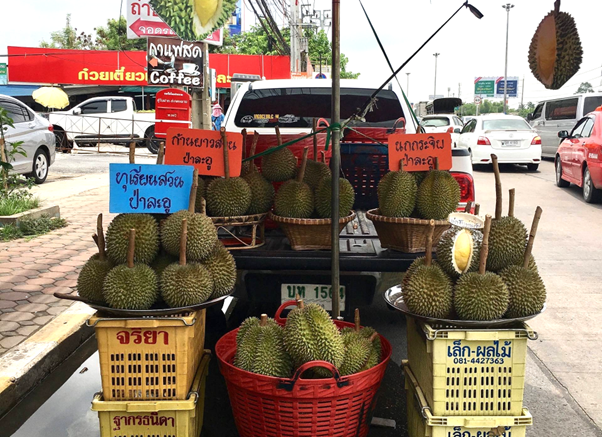
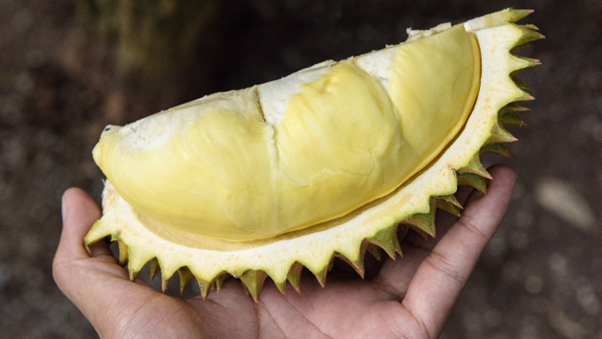
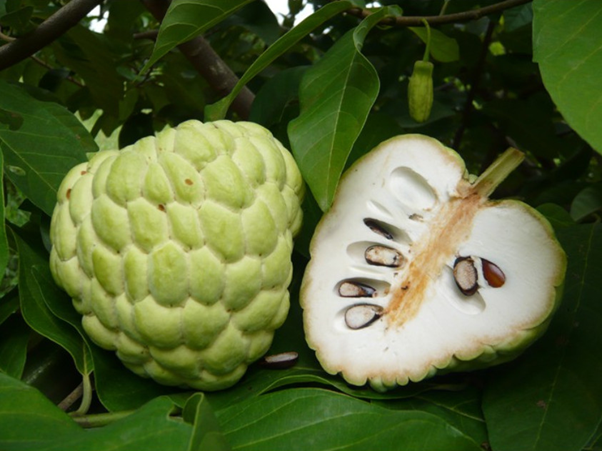
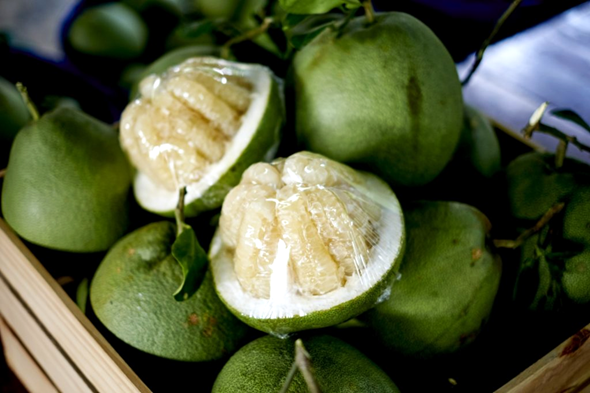
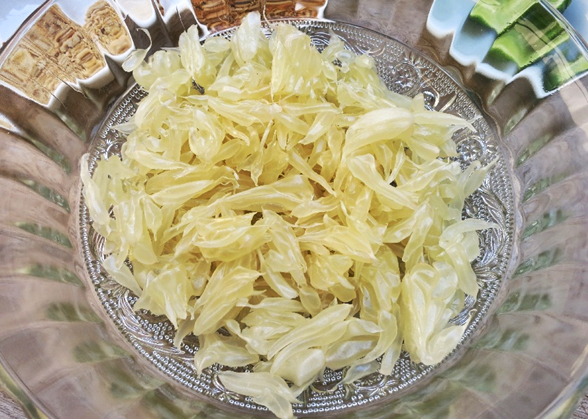 Rice-shaped pieces of Som O (
Rice-shaped pieces of Som O (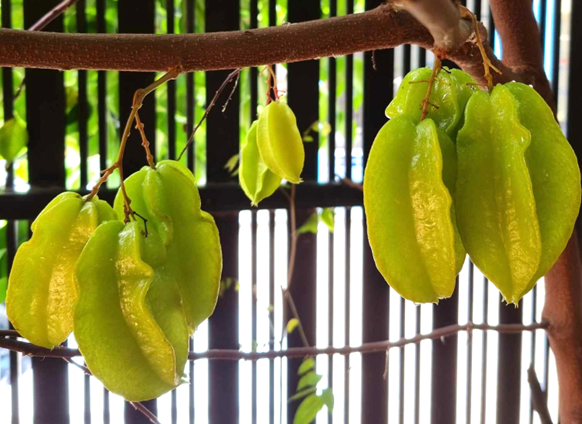 My starfruit tree in the front garden
My starfruit tree in the front garden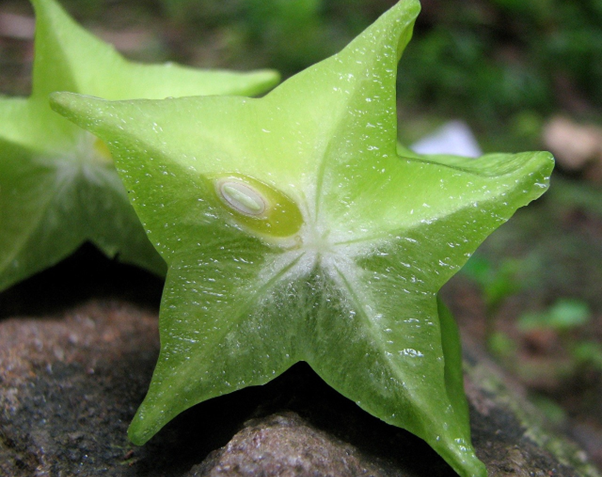 The cross section of a starfruit looks like a star! (
The cross section of a starfruit looks like a star! (